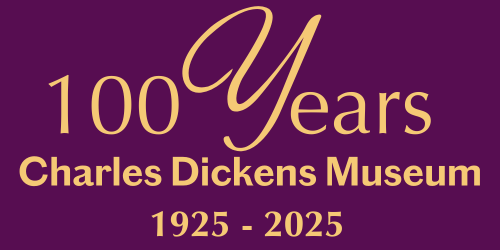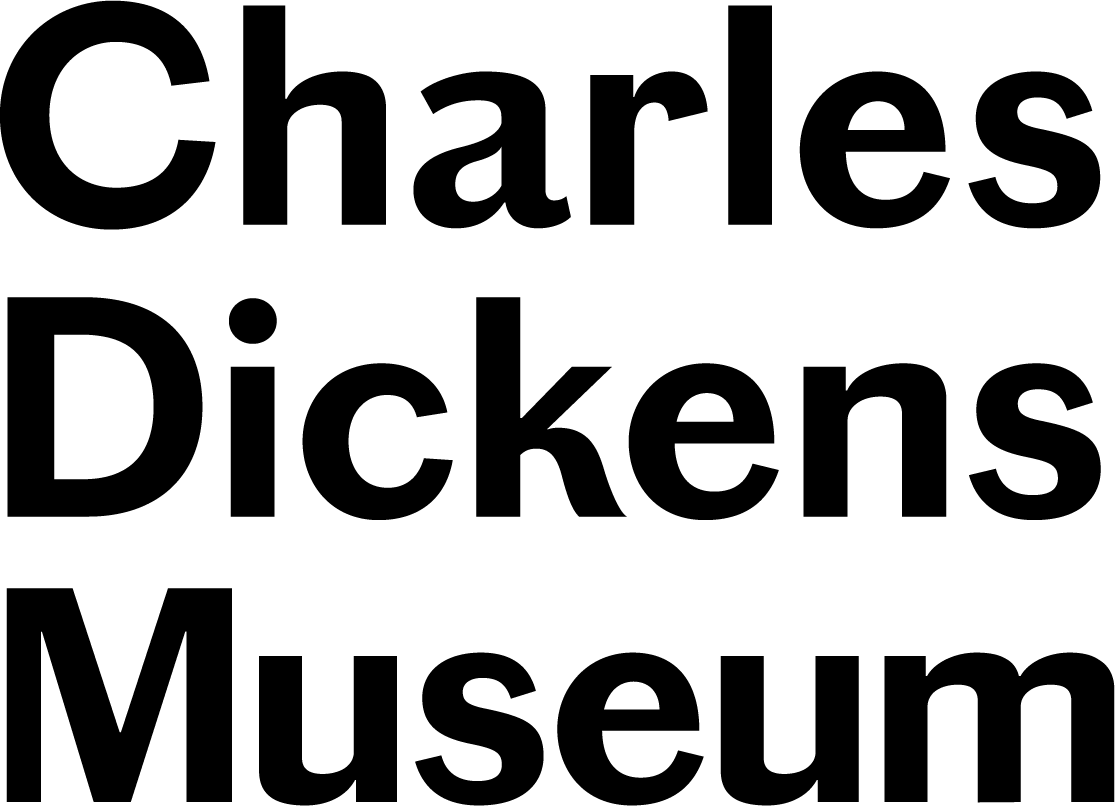Reading by Tallow Candles and Rushlight
In Britain, for at least six months of the year, to read in the evening means using artificial light. From the 1850s, wealthier homes were lit with gas light but for most readers this was unaffordable. This meant the use of tallow – animal fat in the form of rushlights or tallow candles. In this video, Prof. Simon Eliot outlines just a few of the drawbacks and frustrations these light sources would have caused.
This video is the fourth in a series of six videos celebrating our special exhibition, Beautiful Books: Dickens and the Business of Christmas. The first video can be found here, second here and third here.
Simon Eliot is Professor Emeritus of the History of the Book at the Institute of English Studies, School of Advanced Study, University of London. He was involved in founding the Reading Experience Database (RED); the Society for the History of Authorship, Reading, and Publishing (SHARP); and London Rare Books School. He has published on quantitative book history, publishing history, history of lighting, library history, and the history of reading. He was General Editor of the new four-volume History of Oxford University Press (2013-17); and recently directed a large-scale AHRC-funded project on the communication history of the Ministry of Information 1939-46.
Museum Blog
This blog takes you behind the scenes at the Charles Dickens Museum, giving fresh insight on everything from discoveries new and old in our collection, to exhibitions, events and learning initiatives.
You’ll be hearing from a variety of Museum staff and volunteers, as well as guest curators, academics, artists and Dickens enthusiasts. Why not join the debate and let us know you thoughts on the latest blog by using our hashtag #CDMBlog

